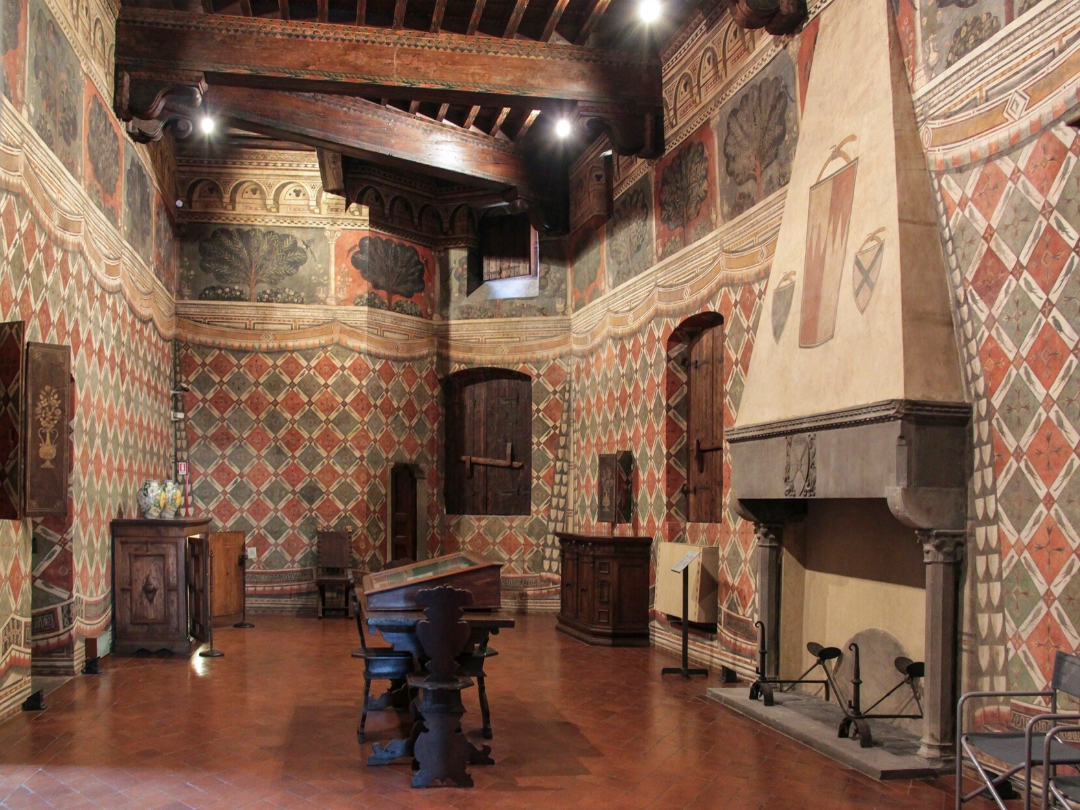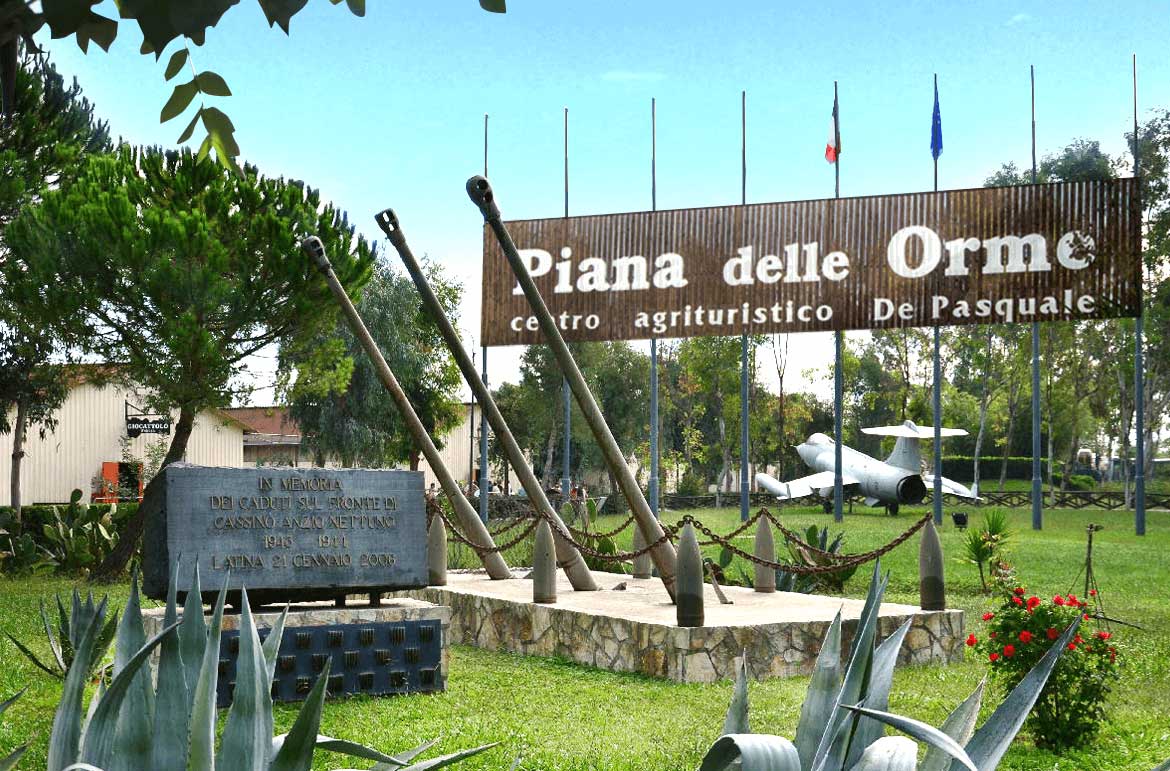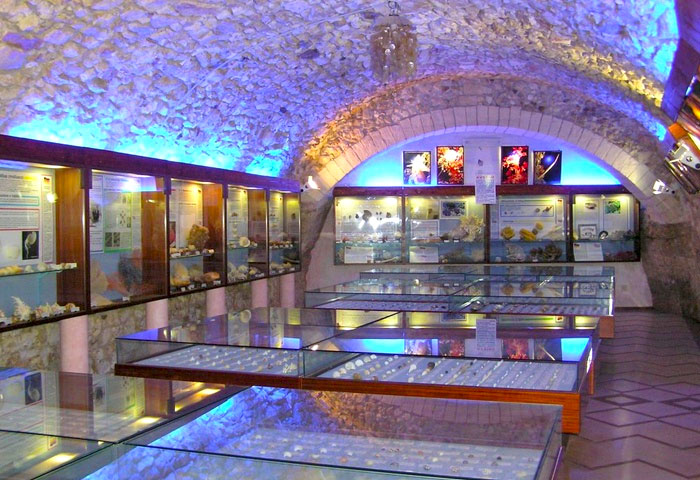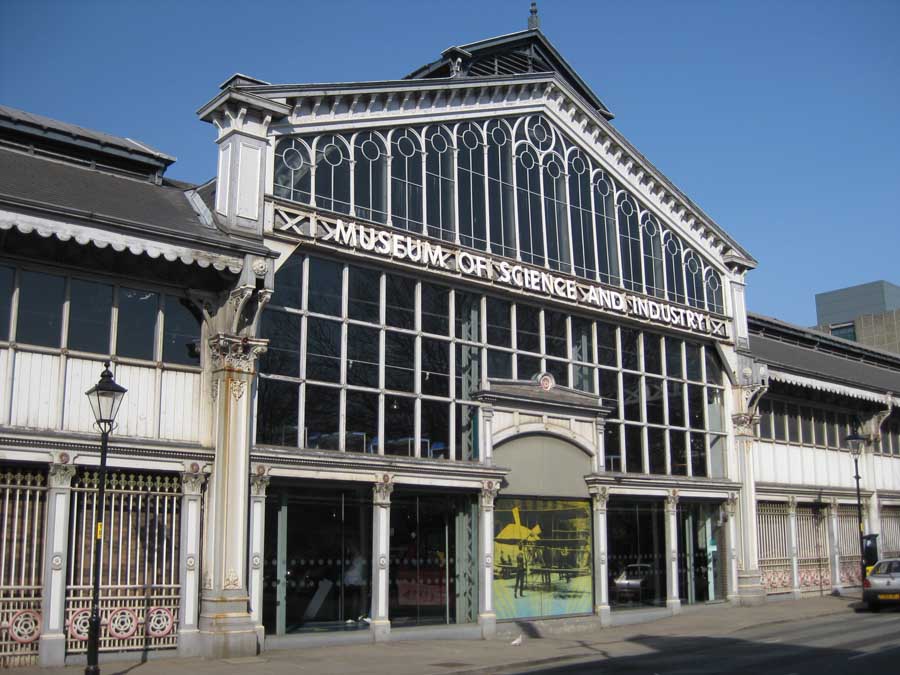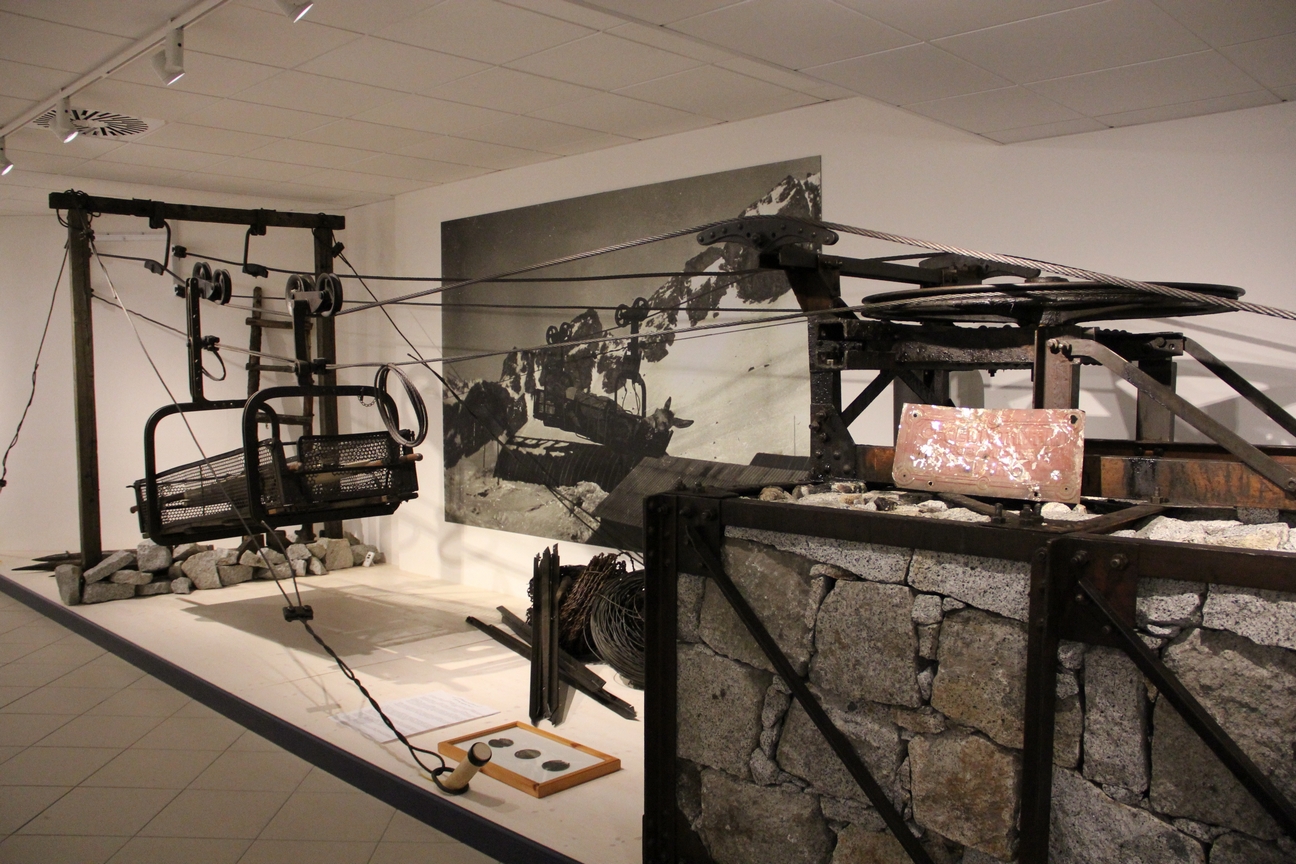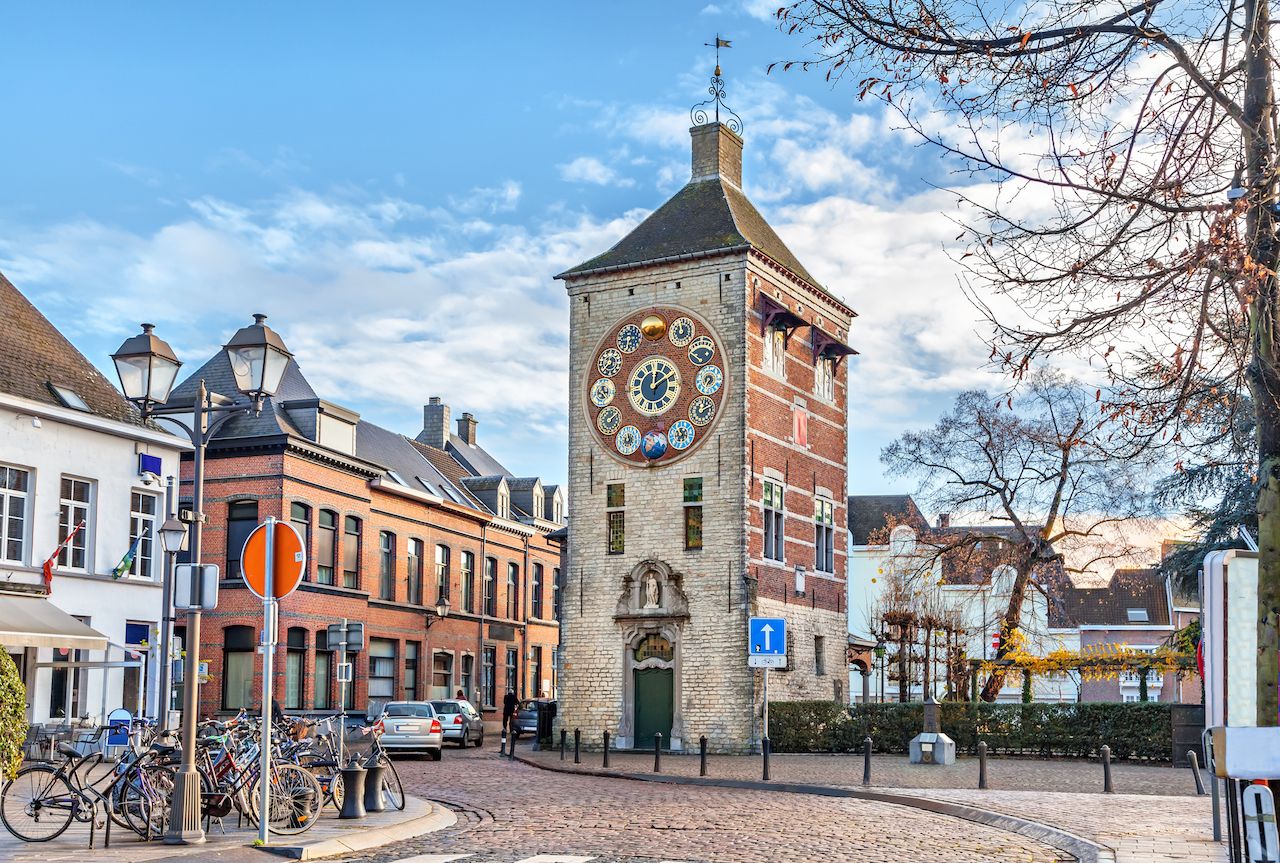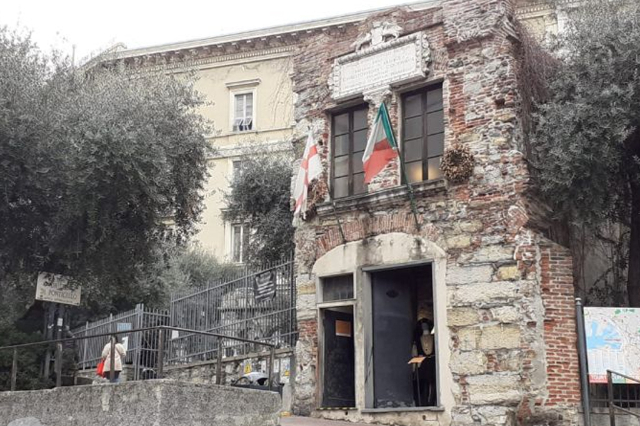The museum of Palazzo Davanzati is located in the ancient residence of the Davizzi, a family of wealthy merchants. The building dates back to around the middle of the 14th century and was purchased in 1578 by Bernardo Davanzati, a merchant and fine patron of the arts.The palace presents us with a majestic stone façade that recalls a high medieval tower, but is wider and more welcoming. On the ground floor it has three large portals that recall the presence of the ancient open loggia, the site of chats between nannies, long waits, trade and children’s cackles.
The extraordinary courtyard, which collected rainwater, can then be reached by going up the stone staircase to the first floor, the home of the family’s private life. Visiting the splendid rooms is like reconstructing the daily life of the masters of the house, dreaming of listening to the secret business agreements in the reception rooms, penetrating the silence of a small study and observing the private rooms. Going up a wooden staircase you reach the most intimate wing, the one that housed the wedding room of Paolo Davizzi and Lisa degli Alberti. The ancient alcove has the frescoes of the chivalrous cycle of the Castellana di Vergy, which testifies to the refined and cultured image of the Florentine merchants of the Middle Ages. The multicoloured frieze, which dominates above a curtain painted with the coats of arms of the Davizzi and Alberti families, shows the loves of the beautiful Castellana and the cavalier Guglielmo, the jealous and wicked Duchess of Burgundy. Two couples intertwine their meetings and conversations over a backdrop of turrets and trees, and at the end of the story ….. only one of them will remain alive.The third floor is a dive into the medieval recipe books, observing in the kitchen the tools used by the servants to turn roasts, cauldrons with polenta and prepare loaves of bread strictly unsalted. This part is the section I prefer: besides the pots and pans, you can find utensils such as the juicer, the corkscrew, the kneading trough, the abburatto, used to separate the grains of wheat from the coating, a copper cauldron and a churn to make butter, dating back to the 18th century. In the same room you will find some tools for weaving (spinning wheel, loom) and sewing.While you listen to stories of spices used for onion soups, you may catch sight of some writing on the wall in ancient dialect, recalling cooking notes, historical events or notes of passage. Real old graffiti with proverbs, sayings, poetic verses, expense accounts and notes of domestic life. The absolute modernity of the building and the functionality of the rooms is represented by the presence of a well inside the building and toilets connected to the bedrooms. A true rarity of the period that underlines the refinement of the owners.
Among the most valuable works on display is the collection of lace and embroidery, one of the main female activities that took place in the home.
